NJ350: Vote for Your Favorite New Jersey Innovations
This year – 2014 – is the 350th birthday of New Jersey. The year-long celebration focuses on three major themes that run through New Jersey’s history: innovation, diversity and liberty. (Why those three themes? New Jersey has brought an incredible amount of innovation to the world; it was one of the most diverse of the original thirteen colonies and retains that diversity today; and the state played a large role in the creation of the United States.) As part of the 350th anniversary activities, The New Jersey Chamber of Commerce is conducting a public survey to choose the greatest innovations from New Jersey that had a nation-changing and world-changing impact. Johnson & Johnson is proud to have four innovations included in the survey: BAND-AID® Brand Adhesive Bandages, the commercial First Aid Kit and disposable contact lenses in the Health Care category; and the coronary stent in the Medical category. Here’s a quick snapshot of the Johnson & Johnson innovations in the voting:
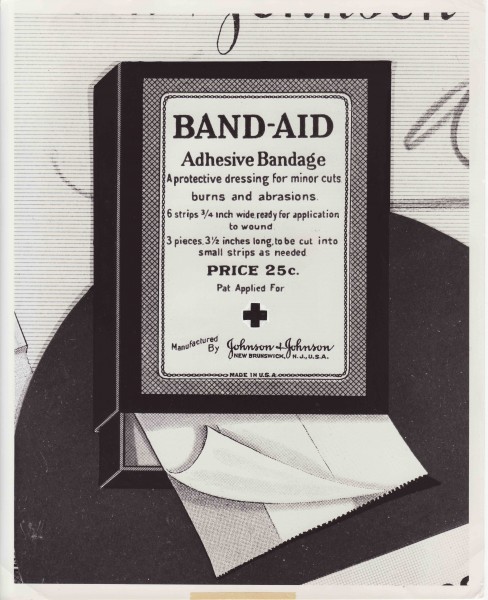
BAND-AID® Brand Adhesive Bandages: invented in 1920 by a young cotton buyer for Johnson & Johnson named Earle Dickson, BAND-AID® Brand Adhesive Bandages were the first ever premade commercial dressings for small wounds. (Before their invention, people tied strips of fabric or gauze around cut fingers to bandage them.) Earle came up with his idea as a way to help his wife, who was prone to cutting and burning her fingers in the kitchen. Company president James Wood Johnson loved Earle’s idea and, in 1921 Johnson & Johnson put his invention on the market. BAND-AID® Brand Adhesive Bandages were such an entirely new concept at the time that Johnson & Johnson had to explain to people how to use them. Ninety-four years later, they’re an iconic consumer product – invented in New Brunswick and Highland Park, New Jersey.
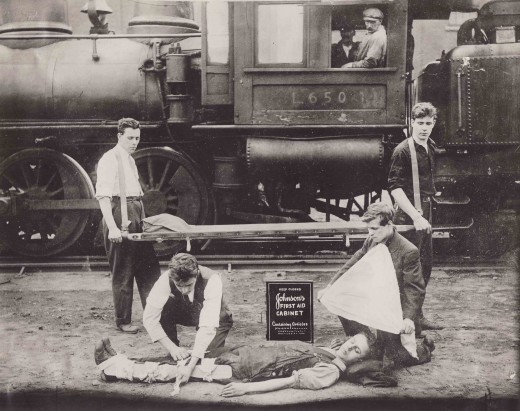
The First Commercial First Aid Kits: this piece of modern life came about as the result of a train journey by Johnson & Johnson founder Robert Wood Johnson. Nineteenth century railroad work was so dangerous that trains had surgeons on board to treat workers’ injuries. While on a Denver & Rio Grande Railway train in 1888, Johnson learned from a fellow passenger, the chief surgeon of the railroad, that railroad workers were frequently injured, but medical help was too far away to do any good. Johnson had the idea of packing his company’s sterile gauze, dressings and sutures in boxes that could be kept close to the workers to treat and stabilize injuries. So in 1888, after getting a lot of feedback from railroad surgeons, Johnson & Johnson put on the market two first aid kits: one for the railroads, and one for general use. In 1901, the Company published the first First Aid Manuals. Today, life without a First Aid Kit and without basic first aid best practices would be unthinkable.
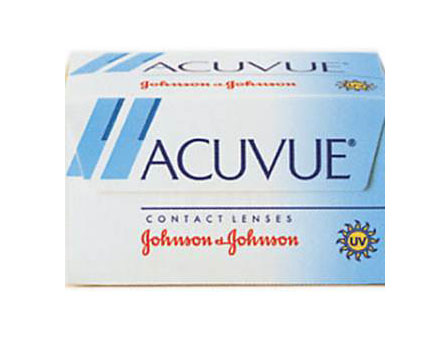
The Disposable Contact Lens: In 1987, Johnson & Johnson’s Vision Care business revolutionized the contact lens industry and contact lens wearing for the public with the introduction of ACUVUE® Brand Contact Lenses, the first disposable contact lenses that could be worn for up to a week, thrown away and replaced with a fresh pair. In 1995, 1-DAY ACUVUE® Brand Contact Lenses became the first daily disposable contact lens, eliminating the need for cleaning, disinfecting solutions and storage.
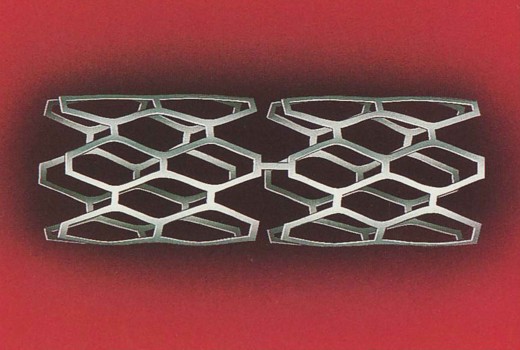
The Coronary Stent: In 1994 a Johnson & Johnson operating company launched the PALMAZ-SCHATZ® Balloon-Expandable Stent, the first coronary stent, which revolutionized cardiology. (Coronary stents keep vessels open so blood can flow to the heart.) As health care continued to evolve, the Company exited the coronary stent business in 2011, but the first coronary stent remains an historical innovation from the Johnson & Johnson Family of Companies that changed cardiology.
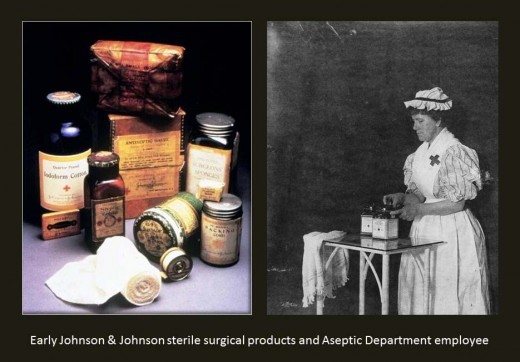
Founded in 1886, when New Jersey was just a mere 222 years old, Johnson & Johnson began by making the first mass-produced sterile surgical dressings and sterile sutures, helping drive the revolutionary change from non-sterile to sterile surgery. As it expanded worldwide to become a global healthcare company, Johnson & Johnson has continued to innovate, first in New Brunswick and then worldwide, finding new medicines, medical devices and consumer products that represent practical applications of the major developments in science over the last century and a quarter to save and improve the lives of patients and consumers. That tradition continues today with the Company’s Innovation Centers, which will unleash the innovations of the future.
Johnson & Johnson is proud to be among the innovators included in the NJ350 survey. If you’d like to vote for your favorite New Jersey innovations, the survey is at this link.

I was born into a J&J family. My mother worked for many years at Ethicon Sutures and so did an aunt. My uncle Al Covino owned the company that was responsible for the waste contract at J&J Eastern Surgical Dressings Plant, Personal Products, Chicopee Mills, and East & West Research located on US Hwy 1. I joined the US Navy in 1968 and was discharged in 1972. My first job after I got discharged was at " ESDP " I worked in Orthopedic Products Division ( OPP ). It was fascinating making plaster bandages. They were the best company I ever worked for.